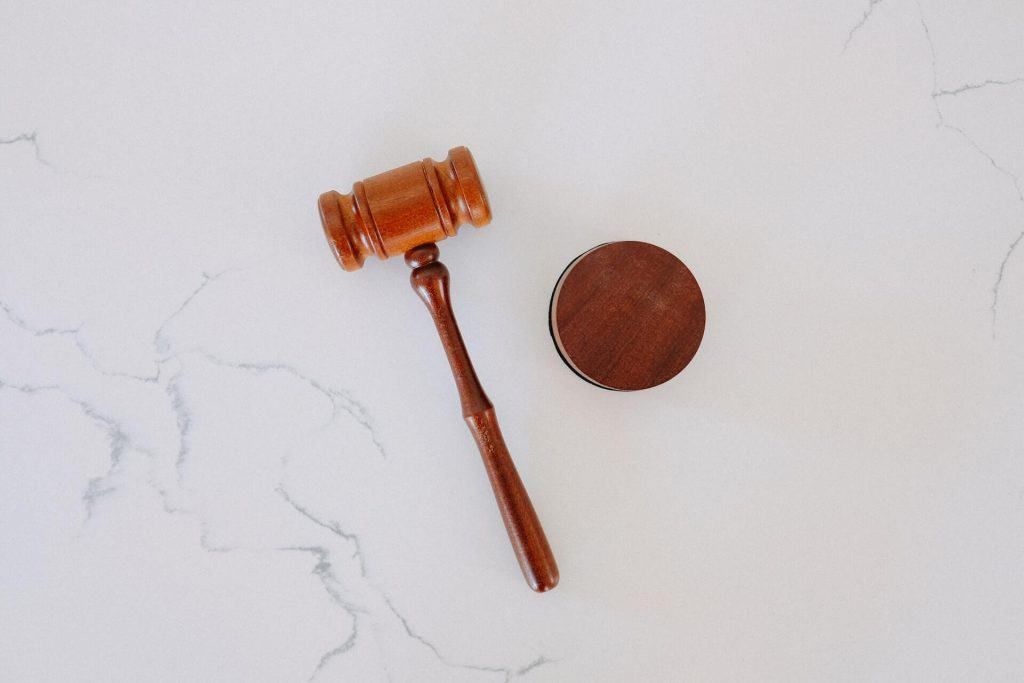Can you use your SMSF property upon retirement?
Many SMSF trustees wonder if they can live in their SMSF property once they retire. This is a common question particularly as property is such a popular SMSF investment.
However, despite superannuation being your own money, there are certain rules around accessing your superannuation which prohibit you from not only using your superannuation to purchase a property, but to live it in now and in retirement.
Property as an SMSF investment
Superannuation law allows SMSF trustees to purchase property via their SMSF. However there are strict rules regarding the purchase of property and how it can be used.
For example, the law allows you to purchase property through your SMSF provided the property:
- Meets the ‘sole purpose test’ of solely providing retirement benefits to fund members
- Complies with the SMSF’s investment strategy which must allow the acquisition of property
- Is not acquired from a relatedparty of a member (except for business real property)
- Is not lived in by a fund member or any fund members’ related parties, and
- Is not rented by a fund member or any fund members’ related parties (except for business real property).
It should also be noted that the title of the SMSF property must be held by the trustees on behalf of the superannuation fund and rent from the SMSF property must also be paid into the SMSF. As owner of the property, your SMSF is responsible for all costs related to the upkeep and maintenance of the property.
As can be seen, the rules around how a SMSF manages investments are stringent and therefore prohibit you from living in a property owned by your SMSF.
What is the sole purpose test?
The sole purpose test is an important rule that must be considered when purchasing investments, such as property, by your SMSF.
For your SMSF to be eligible for concessional tax treatment, your fund must meet the sole purpose test. The sole purpose test requires a superannuation fund to be maintained for the sole purpose of providing retirement benefits to its members, or to their dependents if a member dies before retirement.
In other words, the superannuation sole purpose test dictates that your investments must be for the benefit your retirement and therefore cannot enhance your own personal lifestyle needs. Your SMSF will fail to meet the sole purpose test if your SMSF provides a pre-retirement benefit to yourself as a member of the SMSF.
The risk of contravening the sole purpose test could cause your fund to lose its concessional tax treatment and you as trustee could also face civil and criminal penalties.
What are my options at retirement?
Upon retirement, the only way you can move into a property that has been purchased by your SMSF is by transferring the property from your SMSF to you as a member in your own personal capacity. This is also known as an ‘in-specie transfer’ meaning your SMSF transfers its asset to you personally.
Undertaking an in-specie transfer will avoid breaching the sole purpose test in the event that you reside in the property as you will not be obtaining a present-day benefit or personal use of an SMSF asset.
An in-specie transfer is only possible once you meet a condition of release (such as retirement after reaching your preservation age or ceasing a gainful employment arrangement after reaching age 60) and are legally allowed to access your superannuation.
Beware of tax and duties
It is important to carefully consider any potential capital gains tax (CGT) on a transfer of property between an SMSF and the members of an SMSF in their personal capacity. Generally speaking, if a property is solely supporting the payment of one or more pensions for fund members, CGT may not apply.
Further, any potential transfer or stamp duty must also be considered as it may apply depending on your state or territory jurisdiction.
Take care
Just because you have reached preservation age or are retiring doesn’t mean you can use or live in your SMSF owned property after retirement. If you’re thinking about investing in property via your SMSF or are thinking about taking your SMSF-owned property out of your SMSF so you can use it for yourself, be sure to contact us for a chat before you make any decisions.










